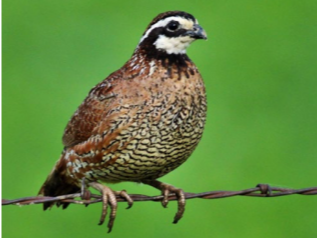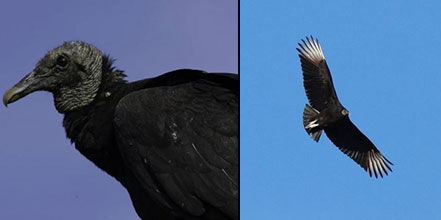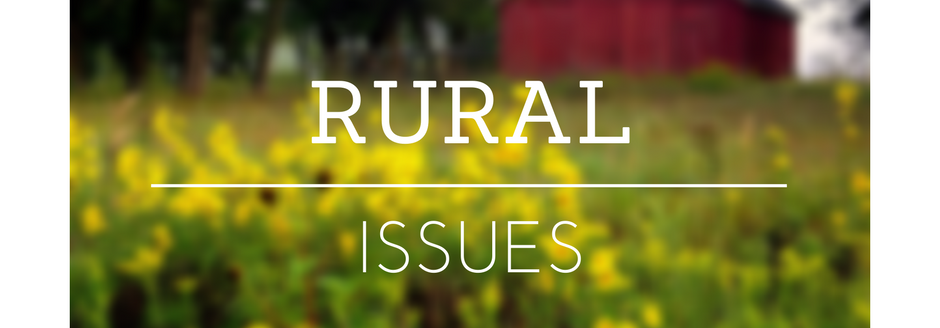Their name may imply it, but southern flying squirrels don’t actually fly. They only seem to do so.
“They have a specialized membrane (called a patagium) that extends between their front and back feet and allows them to glide from tree to tree,” said Kansas State University wildlife ecologist Adam Ahlers.
Ahlers has a hunch that this unique mammal exists in populations much greater than biologists know, and he’s out to find out more. He and a colleague— Andrew Hope, an assistant professor in K-State’s Division of Biology—have launched a three-year project funded by the Kansas Department of Wildlife and Parks to determine how prevalent the southern flying squirrel is in Kansas, and where they are actually found.
Ahlers said while it’s thought the southern flying squirrel will be found in thick forested areas of the state, they may also be found right in homeowner’s backyards.
In urban areas, he adds, southern flying squirrels feed on seed in backyard feeders at night. In all other areas where they’re found, they eat nuts, berries, bird eggs, insects, and are mostly omnivorous. They are the smallest squirrels in North America.




